Located next to the gardens of the Campo del Moro, the Royal Palace, and the Almudena Cathedral, Madrid’s Royal Collections Gallery—also known as the Royal Palace Madrid gallery and the Gallery of Royal Collections Madrid—boasts a collection of 150,000 paintings, sculptures, tapestries, armor, furniture, and royal carriages. The museum, part of the larger royal collection Madrid, displays 650 works at a time and one-third of the exhibited art gets switched out every year.
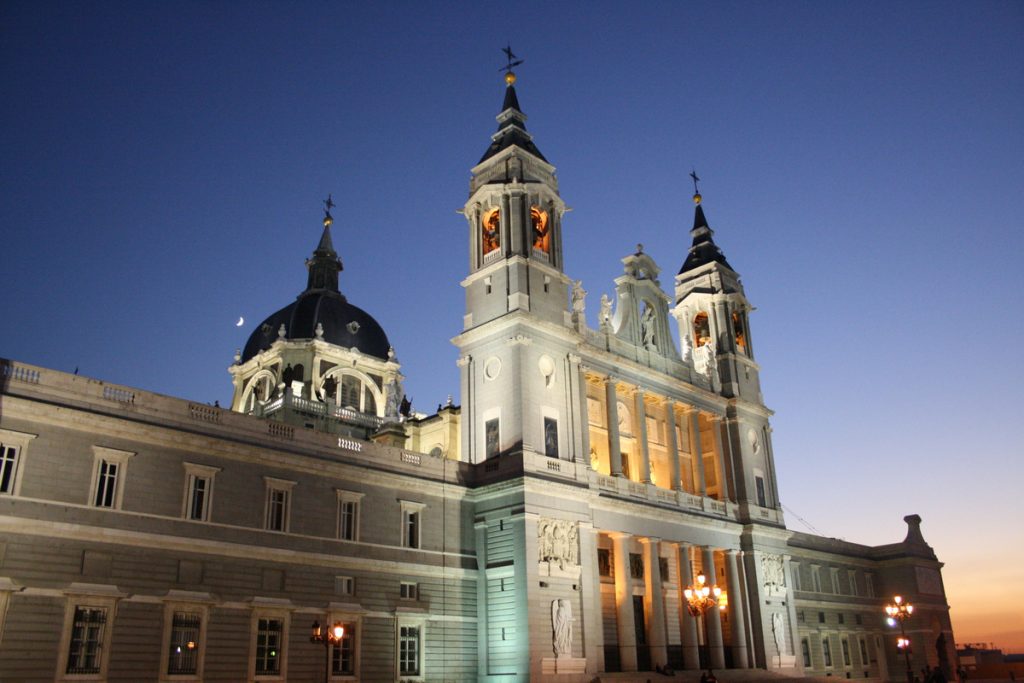
The Royal Collections Gallery in Madrid sits right next to the city’s royal palace and cathedral.
The Royal Collections Gallery in Madrid may still be overshadowed by the Prado Museum, yet it quietly displays an incredible collection of world-class art on its walls. All the art and objects belonged to the Bourbon and Habsburg dynasties that ruled over Spain at one time or another, making this royal collection Madrid one of the most significant in the country.
Masterpieces at Madrid’s Royal Collections Gallery
When you visit, you will discover a treasure trove of masterpieces that reflect Spain’s royal and artistic legacy. Notably, the Gallery’s highlights include:
- Works by renowned artists such as Bernini, Caravaggio, Velázquez, and Titian
- Rare artifacts like the Cross of Lecretius, dating back to the seventh century
- Majestic tapestries, royal carriages, and stunning Baroque sculptures
Cross of Lecretius
You will find the Cross of Lucretius, dated to the latter half of the seventh century, as the oldest remnant in the collection. The first kings of the Iberian peninsula, the Visigoths, owned this cross, which uniquely displays some rare Byzantine influence in the art of this part of Europe.
Saint Michael Overwhelming the Devil – Luisa Roldán
Luisa Roldán, the first female sculptor to work in the Spanish court, created this late-Baroque masterpiece in 1692. La Roldana, as many called her, learned sculpture from her father in Sevilla. The dramatic sculpture, standing at almost nine feet high and weighing 350 pounds, exemplifies the drama instilled in Baroque sculpture.
If the face of St. Michael looks particularly feminine to you, it is because La Roldana modeled her own face for Michael’s. Interestingly, many say the face of the devil bears a striking resemblance to her husband.
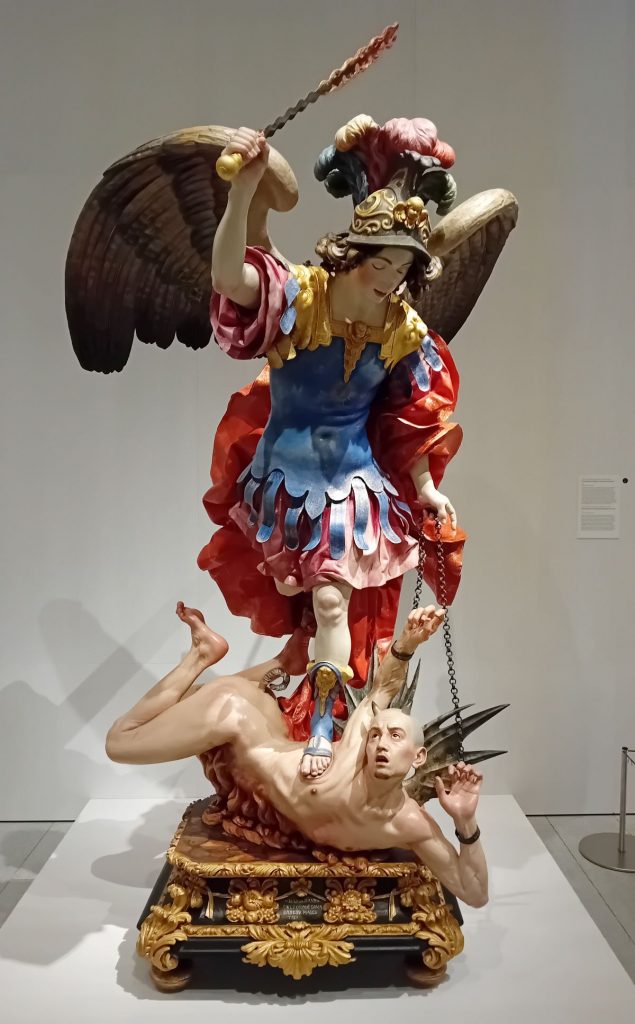
Saint Michael Overwhelming the Devil remains one of the most popular pieces on display. Photo credit: CarlosVdeHabsburgo
Crucified Christ – Lorenzo Bernini
Lorenzo Bernini, the master Baroque sculptor who often graced Rome’s squares and churches with his art, made this seven-foot sculpture of Christ on the cross in 1655. The work remains one of his least dramatic compared to his more famous pieces, such as the “Ecstasy of Saint Teresa” in Rome.
You will only find two Bernini works in Madrid. The other, a sculpture of Saint Sebastian, is at the Thyssen-Bornemisza Museum.
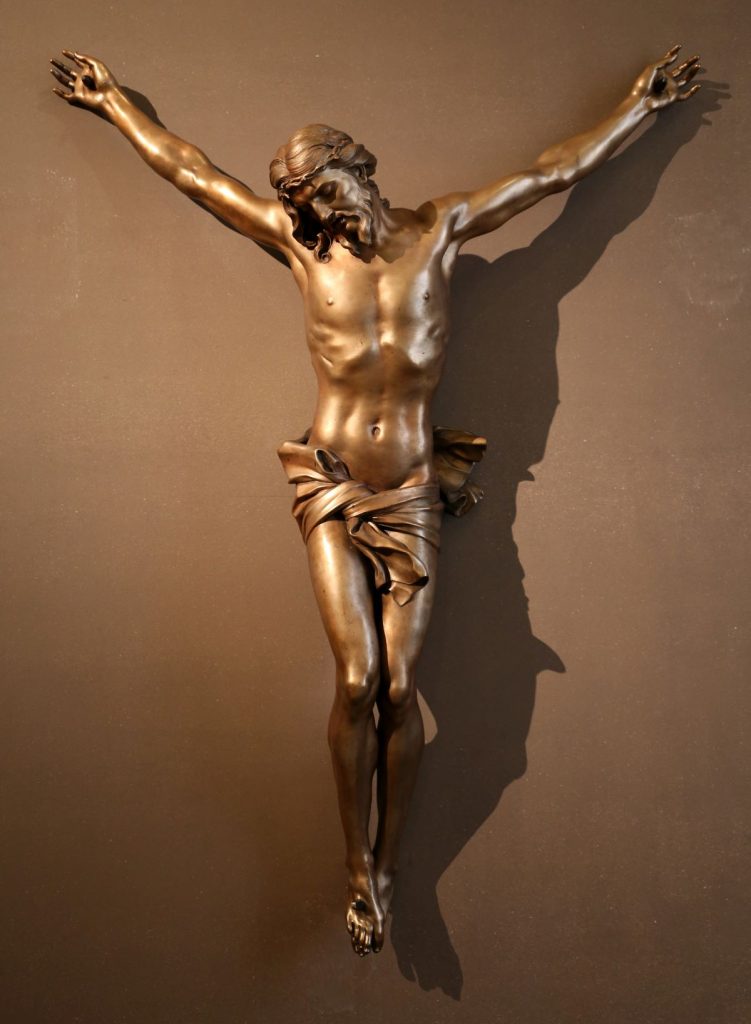
This massive sculpture impresses every visitor in person. Photo credit: Sailko
Salome with the Head of John the Baptist – Caravagio
Caravaggio painted “Salome with the Head of John the Baptist” in Naples in 1609 while on the run from police and other enemies for murdering his opponent during a tennis match. He sent it to Fra Olaf de Wignacourt, the Grand Master of the Knights of Malta, hoping to curry favor after his expulsion from the order the year before. However, his attempt did not succeed.
If you wish to see more Caravaggio masterpieces, Madrid offers four in total: two in the Prado, one at the Thyssen-Bornemisza Museum, and this one at the Royal Collections Gallery. You can join small group tours of El Prado, such as our VIP Alone in the Prado Museum Tour or a Prado Tour and VIP Botin Lunch, to view Caravaggio and many more world-renowned artists.
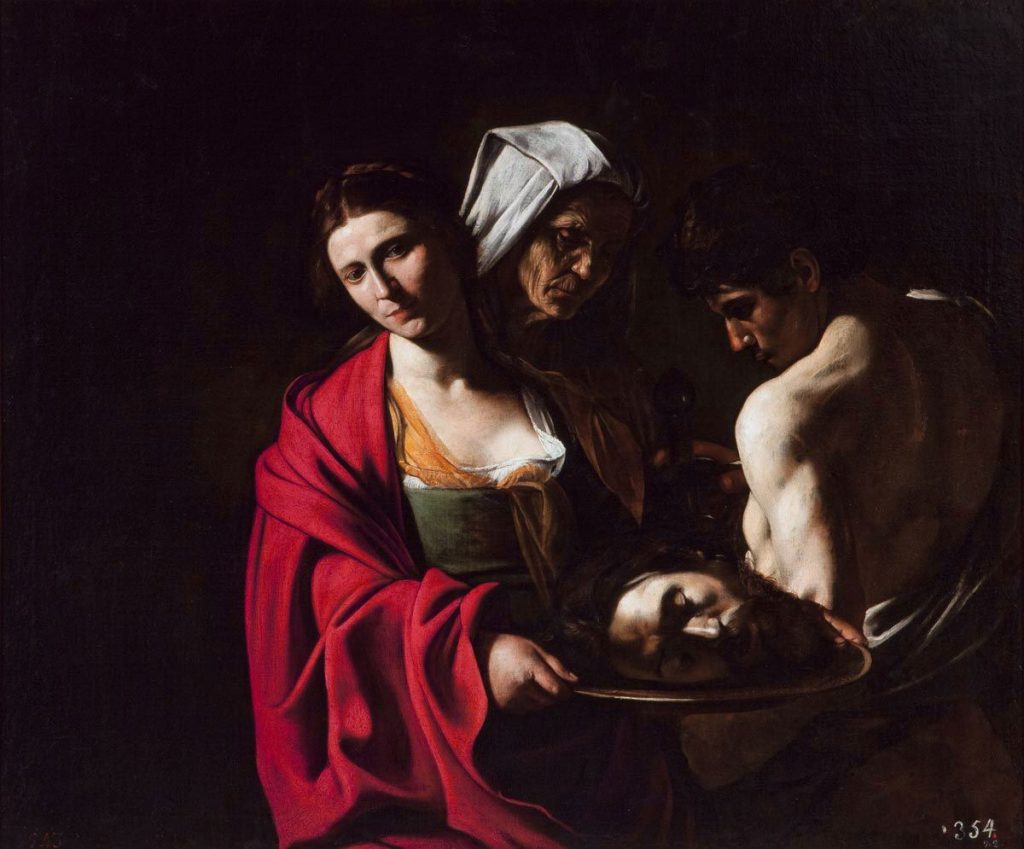
You will find this Caravaggio painting exquisite—one of four in Madrid.
A White Horse – Diego Velázquez
Diego Velázquez painted this plus-sized canvas in 1635. At first glance, you see just a white horse, but as you look closely, you sense the drama of the Baroque period emerging from the oil painting. The horse’s heavy gravitas stands out, a rare quality in animal portraits throughout European art history.
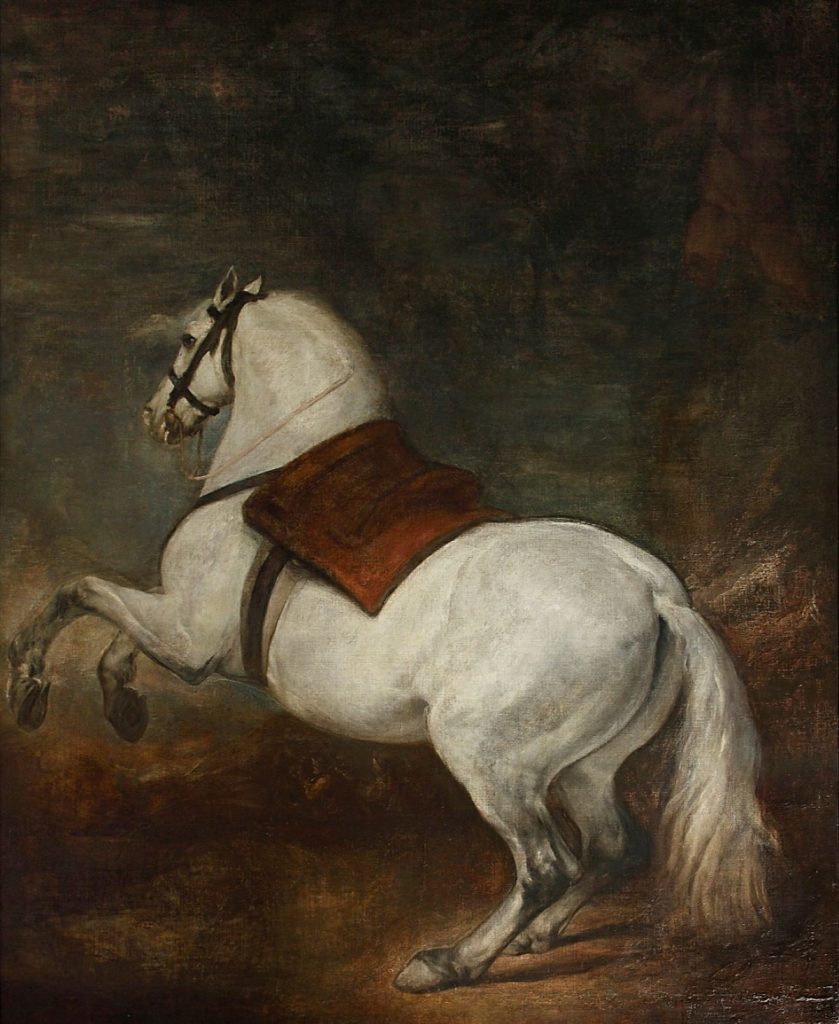
Velazquez’s artistry makes him one of the greatest of all time.
Christ Crucified – Titian
Titian painted this dramatic depiction of the crucified Christ in 1565, during the peak of the Renaissance. His late style shines through, as his expressiveness on the canvas appears lighter and more transparent. The painting originally hung in the Royal Monastery of San Lorenzo de El Escorial in 1574.
Charles IV with his Back Turned – Juan Bauzil
Juan Bauzil painted this “portrait” of Charles IV in 1818. The king turns his back to us, gazing at a historical monument, much like a modern travel influencer. Not surprisingly, this painting of Charles IV frequently appears on social media.
Traveler’s tip: If you want to see more museums in Madrid, make sure to visit:
- Museo Nacional del Prado
- Thyssen-Bornemisza National Museum
- Museo Nacional Centro de Arte Reina Sofía
- Sorolla Museum
Ecce Homo – Pietro Paolo Cristofari
Pietro Paolo Cristofari, the director of the Studio del Mosaico al Vaticano, painted “Ecce Homo” in 1738. In the painting, Jesus looks heavenward, his mouth slightly open and head tilted, while the crown of thorns glows with light, creating a supernatural halo.
Do not confuse this Ecce Homo with the infamous version from the small town of Borja in Aragon, where an amateur octogenarian attempted to restore a 1930s painting, resulting in a beast-like transformation.
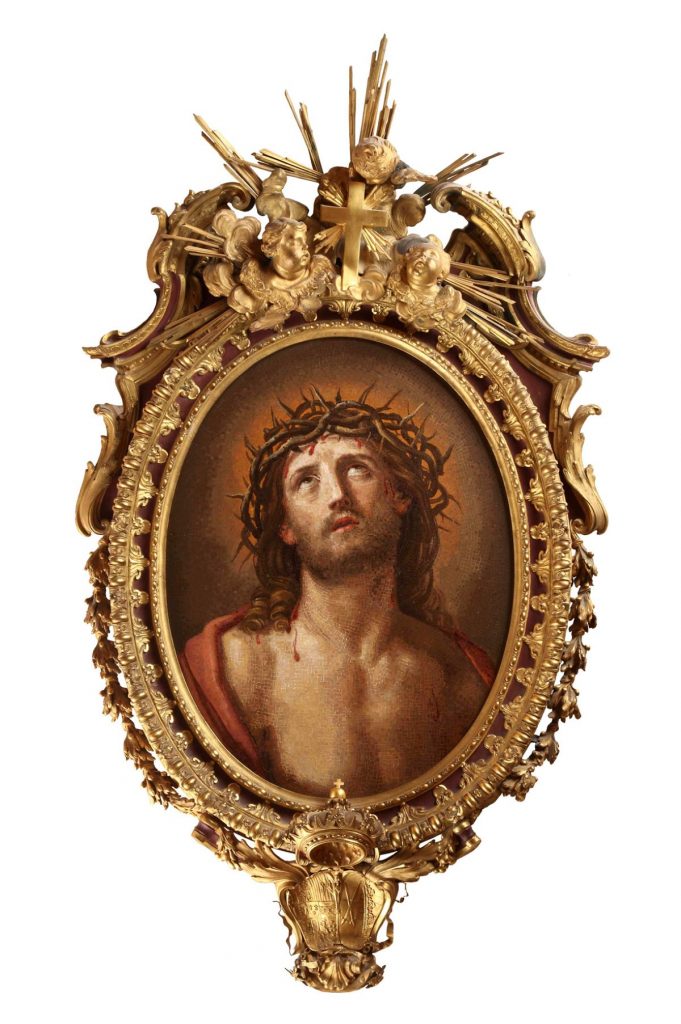
This image always leaves a strong impression. Photo credit: Royal Collections Gallery Madrid
History of Madrid’s Royal Collections Gallery
The Royal Collections Gallery in Madrid has a backstory that rivals its remarkable collection. Initially, the Spanish government conceived the idea in the 1930s, but the outbreak of the Spanish Civil War in 1936 forced them to halt progress. Later, in 1950, officials revived the plans but postponed them once again.
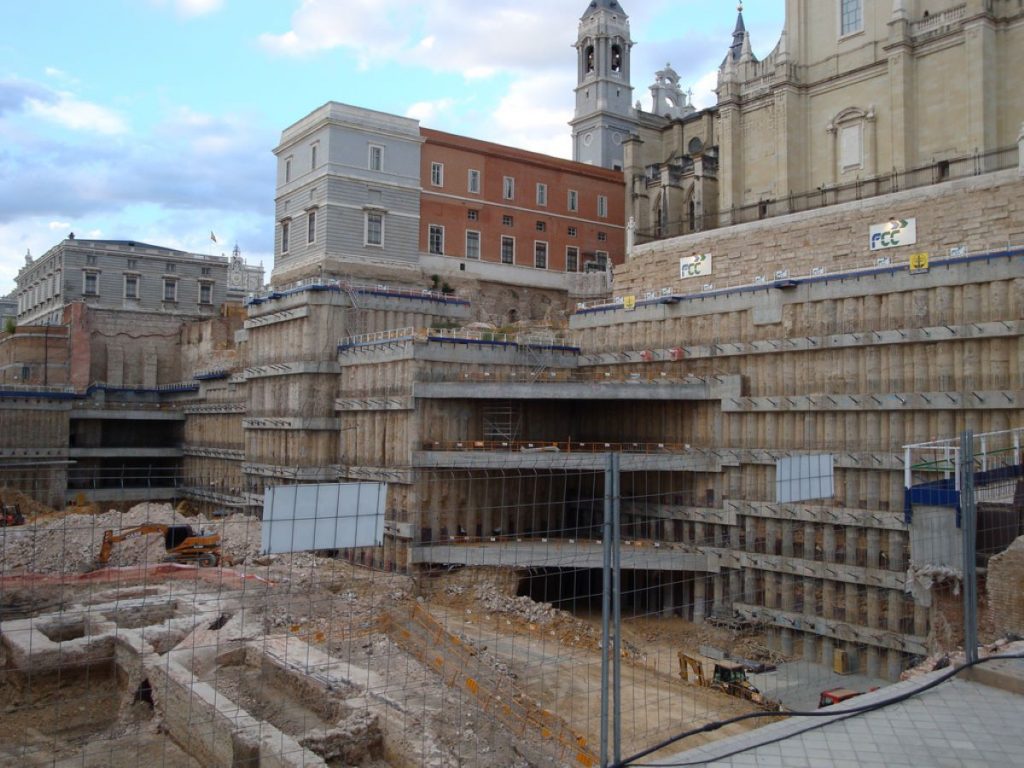
Archaeologists uncovered remnants from the 9th-century wall during museum construction. Photo credit: losmininos
A museum years in the making
In 1980, the idea resurfaced but yet again faced delays. In 1998, Patrimonio Nacional breathed new life into the project. However, the discovery of a 9th-century Arab Wall on the construction grounds delayed the plan once more. By 2002, architects joined the project, and by 2006, construction began under the direction of Mansilla + Tuñón.
Despite additional challenges, such as the 2008 financial crisis and the Covid-19 pandemic, the Royal Collections Gallery finally opened its doors to art lovers in summer 2023.
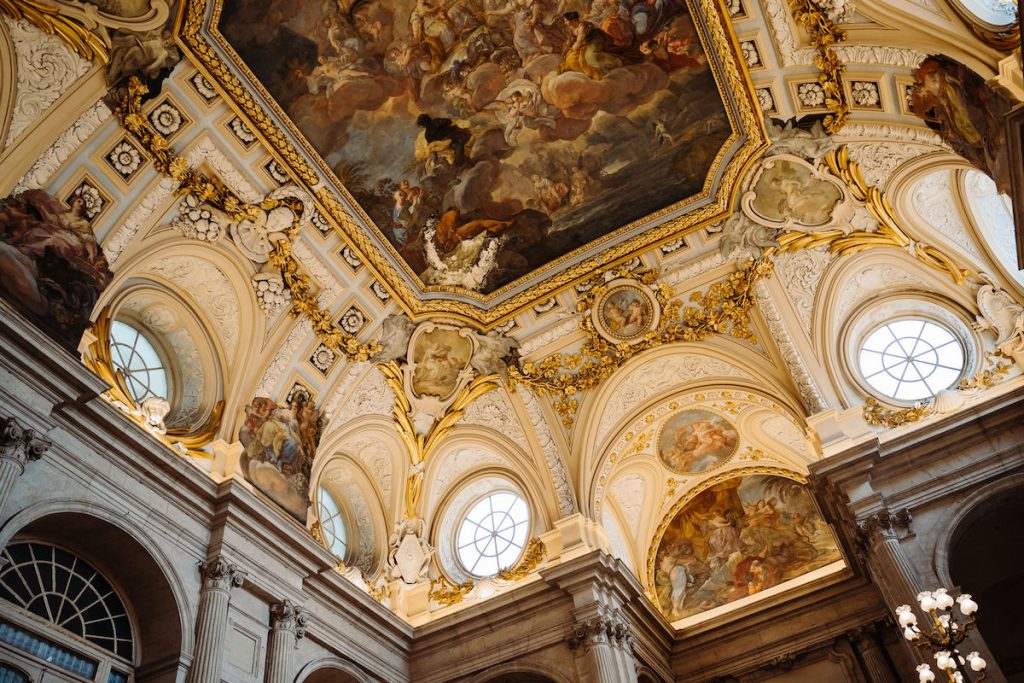
Frequently Asked Questions about Madrid’s Royal Collections Gallery
What is the Royal Collections Gallery in Madrid?
The Royal Collections Gallery in Madrid, also known as the Royal Palace Madrid gallery or the Gallery of Royal Collections Madrid, showcases over 150,000 works of art and royal artifacts. You will find it next to the Royal Palace and Almudena Cathedral, featuring masterpieces from the Bourbon and Habsburg dynasties.
Where is the Royal Collections Gallery located?
You will find the Royal Collections Gallery Madrid conveniently situated next to the gardens of Campo del Moro, the Royal Palace, and the Almudena Cathedral. Its central location places it at the heart of Madrid’s royal and historical district.
Is the Royal Collections Gallery the same as the Royal Palace Madrid gallery?
Although the Royal Collections Gallery sits adjacent to the Royal Palace of Madrid gallery, they remain distinct institutions. The Gallery focuses exclusively on the royal art collections, while the Royal Palace offers a glimpse into the historical residence of Spanish royalty.
Now that you have toured the Royal Collections Gallery, Madrid offers even more royal art on display. If you want to see more of Madrid’s royal history, make sure to check out our Madrid in a Day Tour! From the Royal Palace to hidden ruins and beautifully manicured gardens, you will gain a rarely seen glimpse into Spanish royal history throughout the centuries.
